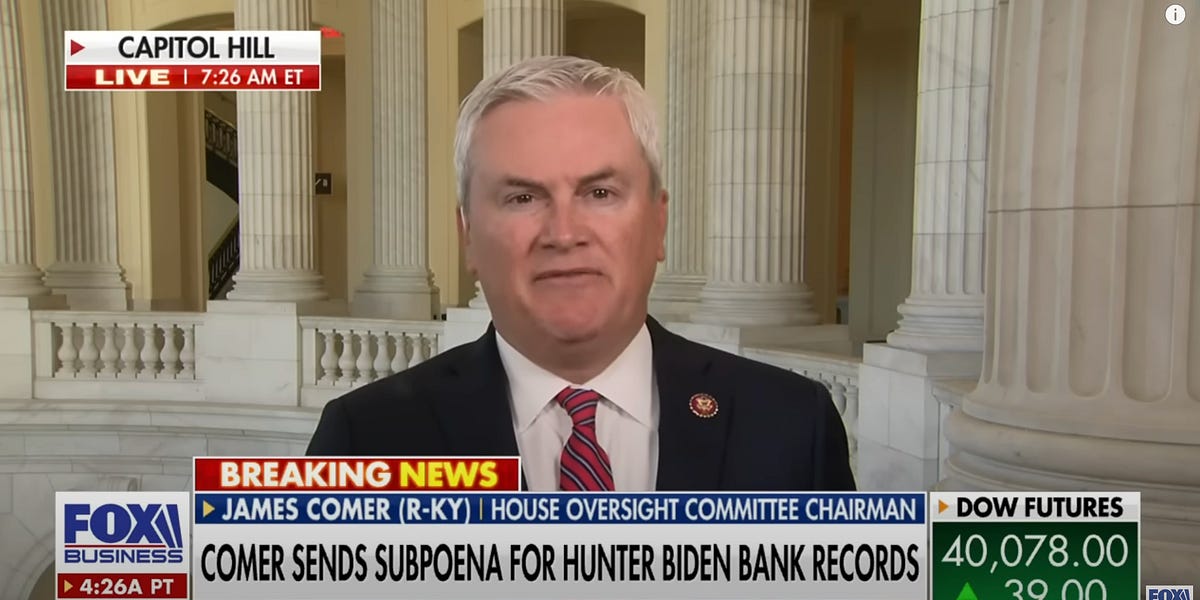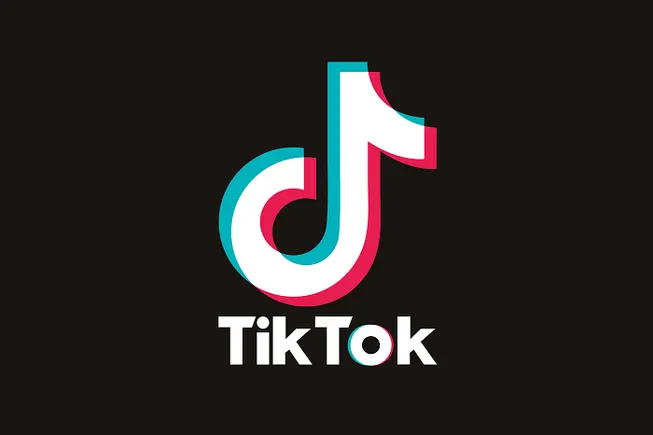Demand was weaker than expected, as is reflected in orders, down 28.1 per cent, and active customers were down 19 per cent. The lower topline was partially offset by an 18.7 per cent increase in average order value, with inflation driving more than half of the increase. The remainder was split between country and category mix, including a shift to more premium products, along with an increase in items per order. Revenue was down 18.6 per cent YoY, the company said in a media release.
GFG reported Q2 FY23 NMV of €346.5 million, down 14.7 per cent YoY.
Orders fell 28.1 per cent, with active customers down 19 per cent.
Average order value increased by 18.7 per cent.
NMV declined across LATAM, SEA, and ANZ by 19 per cent, 16.9 per cent, and 9 per cent respectively.
GFG forecasts negative NMV growth of 15-10 per cent for 2023.
In LATAM, NMV declined 19 per cent YoY. This was a result of the company’s drive for marketing efficiency and lower purchasing power with elevated inflation and interest rates in the region. In SEA, NMV fell 16.9 per cent YoY reflecting the company’s prioritisation of profit over growth in a weaker demand environment. Positive profit contributions from SEA’s growing marketplace and platform services were broadly offset by fixed cost deleverage from lower volumes. In ANZ, steadily increasing interest rates, elevated inflation and GDP growth declines led to reduced discretionary spend and higher discounting to match a competitive market. As a result, ANZ’s NMV declined by 9 per cent YoY.
GFG delivered a gross margin of 42 per cent, a 1.4 percentage point (ppt) decline YoY. This was driven by higher levels of promotional activity particularly in LATAM and ANZ. Gross margin pressure and fixed cost deleverage led to a lower adjusted EBITDA margin of minus 7.2 per cent.
“Macro pressures continue to impact customer behaviour in GFG’s markets, which is reflected in our Q2 results. While our topline is challenged in the near-term, our commitment to improving each of our regions’ propositions for demand recovery, remains strong. These improvements will grow our platform and are adapted to our current focus on careful cost and inventory management. We are confident in our ability to navigate these challenges and in building long-term value for our customers, partners and shareholders,” said Christoph Barchewitz, CEO of GFG.
Going into 2023, the company prepared the business for lower volumes and started the year with less inventory than the year before. As part of GFG’s cost action plans, the company reduced inventory levels by 33 per cent (€67.5 million reduction in constant currency) and reduced intake by 30 per cent YoY in H1. Managing inventory levels remains a top priority for GFG, along with customer acquisition discipline and restricting overhead and capital investments.
GFG ended Q2 with a strong funding position of €466.7 million pro forma cash and €173.2 million pro forma net cash (net of the convertible bond and other third-party debt).
Expectations for the fiscal 2023 are unchanged from the guidance issued in the announcement on July 26, 2023. GFG expects to deliver negative NMV growth of 15-10 per cent, c.€1.3-1.4 billion in NMV and c.€0.9 billion of revenue, all on a constant currency basis. Adjusted EBITDA margin is expected to be negative of 8-6 per cent. Capex investment will be c.€30 million.
Fibre2Fashion News Desk (DP)






































































